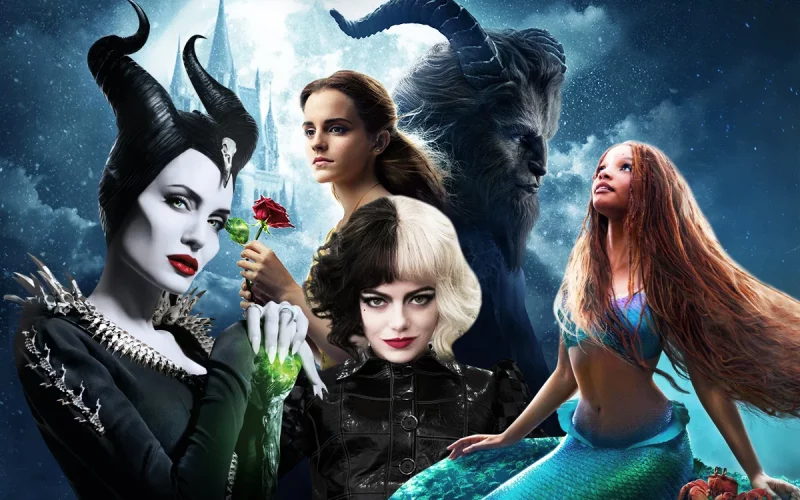Introduction
In the world of entertainment, nostalgia has proven to be a powerful tool. Reboots and remakes of popular movies, TV shows, and even video games have become commonplace, often taking advantage of our emotional connection to past favorites. These nostalgic revivals tap into the desire for familiar stories, characters, and experiences, reimagining them for a modern audience. This article will explore the power and impact of these revivals on both the entertainment industry and audiences.
The Rise of Nostalgic Revivals
Nostalgic revivals are not a new concept, but their prevalence has dramatically increased in recent years. The rapid advancement of technology and the growth of streaming platforms have made it easier than ever to revisit and reimagine old content. This trend is driven by several factors, including the desire to capitalize on successful franchises, the need to introduce younger generations to classic works, and the comfort that comes with revisiting the past.
One of the main drivers of nostalgic revivals is the deep emotional attachment that people have to the past. Whether it’s a childhood favorite or a cultural phenomenon, nostalgia has a way of making old content feel fresh again. With reboots and remakes, studios and creators are able to tap into that emotional connection and introduce beloved characters and stories to a new audience while also satisfying longtime fans.
Why Reboots and Remakes Matter
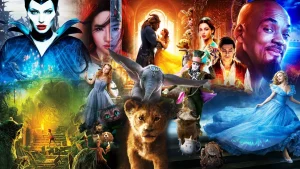
Reboots and remakes offer several key advantages. From a financial standpoint, they often come with built-in fanbases, reducing the risk for studios. Rather than starting from scratch with an entirely new idea, creators can leverage an existing property that already has a following. This is especially valuable in an era where audience attention is fragmented, and standing out in a crowded entertainment landscape can be challenging.
For audiences, nostalgic revivals provide a sense of comfort and continuity. They can relive the stories and characters they loved, often with a modern twist that adds new depth or perspective. The introduction of advanced technology, special effects, and updated storytelling techniques also breathes new life into these familiar tales. However, it’s important to note that not all reboots and remakes are created equally—some succeed in capturing the magic of the original, while others fail to live up to expectations.
The Impact on Original Content
While reboots and remakes offer undeniable benefits, they have sparked some debate about the impact they have on original content and creativity. Critics argue that relying too heavily on reboots can stifle innovation in the entertainment industry. Rather than creating fresh, new ideas, some studios seem content with rehashing old content in an attempt to capitalize on nostalgia.
Moreover, the success of reboots and remakes can lead to a saturation of familiar content, making it harder for original stories to break through. This trend has raised questions about the future of creativity in Hollywood and whether the demand for nostalgia is undermining the development of fresh, groundbreaking ideas.
Analyzing the Popularity of Reboots and Remakes
To understand the power of nostalgic revivals, we can analyze how these reboots and remakes resonate with different demographics, including Gen Z, Millennials, and older generations. For example, a show or movie reboot that appeals to a younger audience may rely more on modern visuals and updated references, while a remake targeting older viewers may focus on staying true to the original material, offering a sense of familiarity.
By exploring the factors that contribute to the success of nostalgic revivals, we can better understand why some reboots and remakes achieve widespread acclaim, while others are met with criticism.
Key Examples of Successful Reboots and Remakes
There have been many successful reboots and remakes over the years. Some of the most notable examples include:
1. Stranger Things (2016)
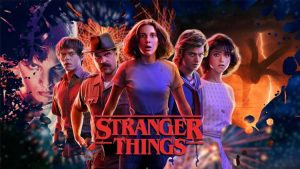
A series that borrows heavily from 1980s pop culture, including films like “E.T.” and “The Goonies,” became a massive hit by invoking the nostalgia of an entire generation while introducing a fresh, supernatural storyline.
2. The Mummy (2017)
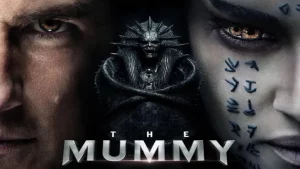
This remake failed to capture the spirit of the beloved Brendan Fraser films, leading to its commercial and critical downfall.
3. It (2017)

This reboot of Stephen King’s horror novel was a critical and commercial success, blending modern horror with the essence of the original.
4. The Lion King (2019)

Disney’s live-action remake of the animated classic drew both new viewers and fans of the original, benefiting from state-of-the-art CGI and voice performances from major stars.
5. Ghostbusters: Afterlife (2021)

This sequel/reboot blended nostalgic elements from the 1984 classic with a new generation of characters, appealing to both fans of the original film and younger audiences.
6. Spider-Man: No Way Home (2021)
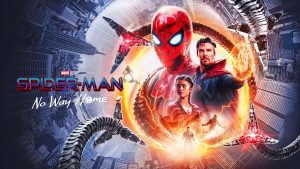
By bringing together multiple iterations of the iconic superhero, this film delighted fans with a cross-generational experience that played on their nostalgia for earlier Spider-Man films while offering something new.
The Risks and Challenges of Nostalgic Revivals
While reboots and remakes can be successful, they are not without their risks. The pressure to live up to the original can be overwhelming, and if the revival fails to meet fan expectations, it can lead to backlash. The key to a successful reboot or remake is balancing the nostalgia factor with innovation. Relying too heavily on fan service can make the project feel stale, while straying too far from the source material can alienate long-time supporters.
Another challenge is the potential for creative burnout. As the demand for nostalgic content continues to grow, creators may struggle to keep up with the high expectations and repetitive nature of the projects. The constant churn of reboots and remakes can lead to a lack of originality, which could eventually result in a saturation of the market.
The Future of Nostalgic Revivals

Looking ahead, nostalgic revivals are likely to continue shaping the entertainment industry. As long as there is demand for familiar stories and characters, reboots and remakes will remain popular. However, the future may also bring a balance between nostalgia and new ideas. Creators will need to find ways to keep things fresh while still honoring the originals. The future of nostalgic revivals will probably involve more creative and unique takes on old favorites, blending the past and present in exciting ways.
Comparative Table: Reboots vs. Original Content
| Factor | Reboots & Remakes | Original Content |
|---|---|---|
| Risk | Lower risk (built-in fanbase) | Higher risk (no established audience) |
| Creativity | Often limited by source material | High potential for fresh, original ideas |
| Appeal | Nostalgic appeal for older audiences | New appeal for diverse, younger audiences |
| Cost | Often higher due to effects, talent, etc. | Can be cheaper, but depends on production |
| Market Saturation | Can lead to oversaturation | Less risk of oversaturation |
| Cultural Impact | Focused on legacy and fanbase | Can introduce new cultural phenomena |
Conclusion: The Power of Nostalgic Revivals
Nostalgic revivals have become an important force in entertainment, blending the past with the present and creating opportunities for both creators and audiences. The success of reboots and remakes lies in their ability to evoke powerful emotions while appealing to a new generation of viewers. However, the impact of these revivals on creativity and original content cannot be ignored, as the entertainment industry faces the challenge of balancing nostalgia with innovation.
Ultimately, the power of nostalgic revivals lies in their ability to connect with people on an emotional level. By revisiting familiar stories and characters, reboots and remakes remind us of the joy and excitement of discovering something new, even if it’s something we’ve experienced before. The future of nostalgic revivals will likely continue to evolve, offering a mix of old favorites and new ideas that can capture the hearts of audiences across generations.






